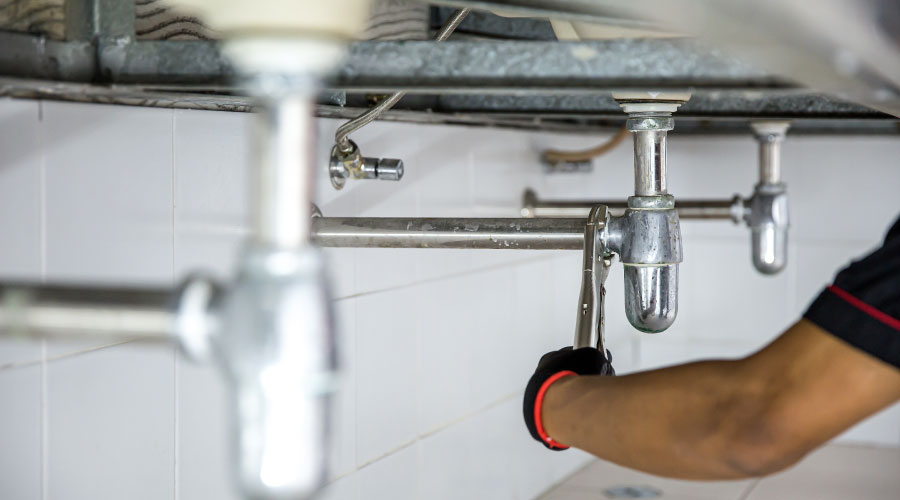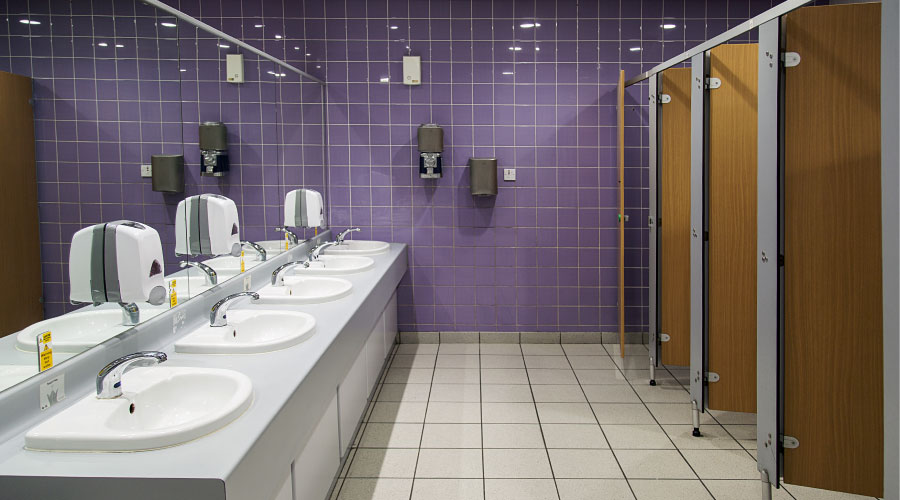Restrooms can Offer Money-Saving Opportunities
The dominant impression of restrooms in institutional and healthcare facilities often relates to hygiene and its impact on occupants and visitors. For maintenance and engineering managers, however, the key components and operations of restrooms also can offer opportunities for savings.
By spotlighting and discussing restroom lighting systems, finish materials and water fixtures, managers will be better equipped to identify and take advantage of money-saving opportunities that upgrades to these systems and components present.
Spotlight On Lighting
When it comes to energy-saving lighting retrofits in restrooms, managers have several lighting choices — typically fluorescent, incandescent and, in some cases, LED lighting.
For such projects, the central question often is whether or not to install occupancy sensors. In single-occupant restrooms, a wall-mounted occupancy sensor can replace a standard manual switch, and in-house maintenance technicians typically can install it.
In larger public restrooms, managers should be aware that stall partitions can obstruct a sensor's ability to detect occupants, resulting in lights shutting off prematurely. Obviously, no one wants to be stuck in a dark bathroom stall frantically waving their arms to trigger the sensor.
The recommended solution for such spaces is a ceiling-mounted occupancy sensor with passive infrared (PIR) and ultrasonic detection. PIR technology detects major motion and initially turns on lights. Sensitive ultrasonic detection keeps these lights on by sensing minor motion from remaining occupants.
Related Topics:















